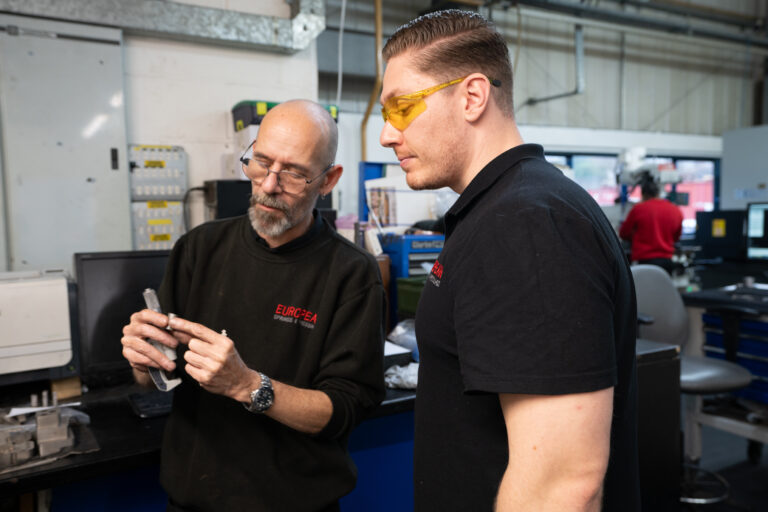
Marvellous Materials
Technology is evolving at an incredible rate, with new inventions constantly being developed. To see just how far technology has
Home › Engineering › Page 14

Technology is evolving at an incredible rate, with new inventions constantly being developed. To see just how far technology has

Road cars have always taken a bit of technology from motorsport and Formula 1 cars, from the tyres and suspension

Seahorses are curious creatures. With a horse-like head and fish-like body they’re truly unique. But sometimes being unique has its

This past weekend has been a bumper one for motorsport, especially British motorsport, with Lewis Hamilton romping to take the

Not all springs are made equal. In fact, some springs are positively super! Extraordinary environments, typically require extraordinary springs. And

Today is National Women In Engineering Day (NWED). An event that is not only significant, it’s necessary. The gender gap

If you’ve ever wondered what robots, spiders and cartwheels have in common, it turns out quite a lot actually! In

They thought it was all over, but then came a ping that would change everything! As anyone who has ever

Engineering is all around us, it’s behind everything from the cars we drive to the mobile phones in our

And even if we don’t have exactly the tool we need, European Springs’ in house technology enables us rapidly to design and make complex tools, allowing us to offer more competitive prices.



© Copyright 2025 | European Springs
Designed, Promoted and Powered by SQ Digital